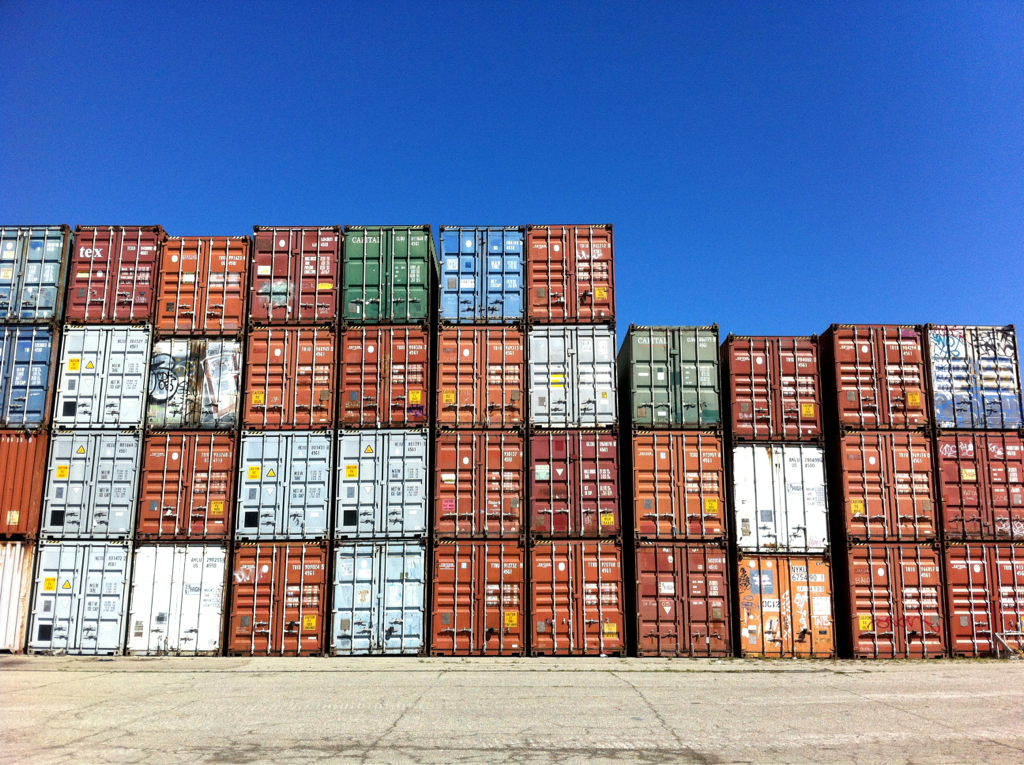Containers are here to stay - they are no longer an option you can choose to try, but a necessity you have to use if you want to scale efficiently.
A few year ago, containers were pretty much reserved for the geekiest among us in the software development ecosystem. You could see containers running in production only in startups, “FANG” or companies that could afford doing “science experiments” and tried to stay up-to-date with the new trends. Leaving behind all the invested time and effort in VMs, provisioning scripts and mirroring environments seemed like a ludicrous idea for most business owners. Many thought that Docker was just going to be like most trends and just vanish in the shadows as a niche option for a selected few. However, this wasn’t the case at all. Docker (and other container runtimes) quickly became the gold standard over the last few years.
Nowadays, containers are used everywhere, for simplifiying and improving all kinds of use cases. From unifying environments, onboarding new people to moving legacy applications and adopting microservices architecture.
Having the power to destroy and bring up new environments in a blink of an eye and have all that in a compact package that basically has no dependencies seemed like a dream 10 years ago. Today, immutable infrastructure is the norm and all successful companies are moving toward this approach to software delivery.
We’re currently in a time where organizations can quickly benefit from container adoption and employing more DevOps practices within their workflows. It has never been easier to scale your operations based on your business needs and remain competitive.
